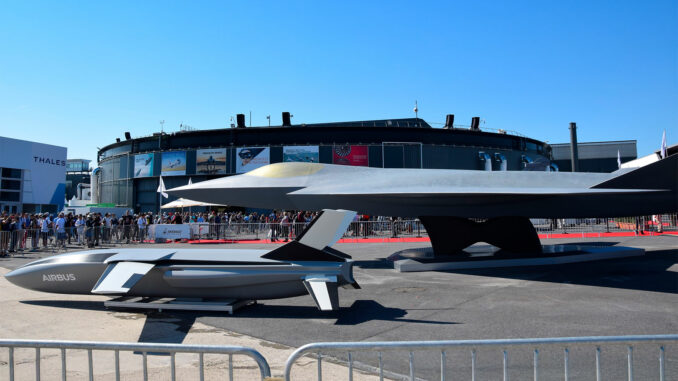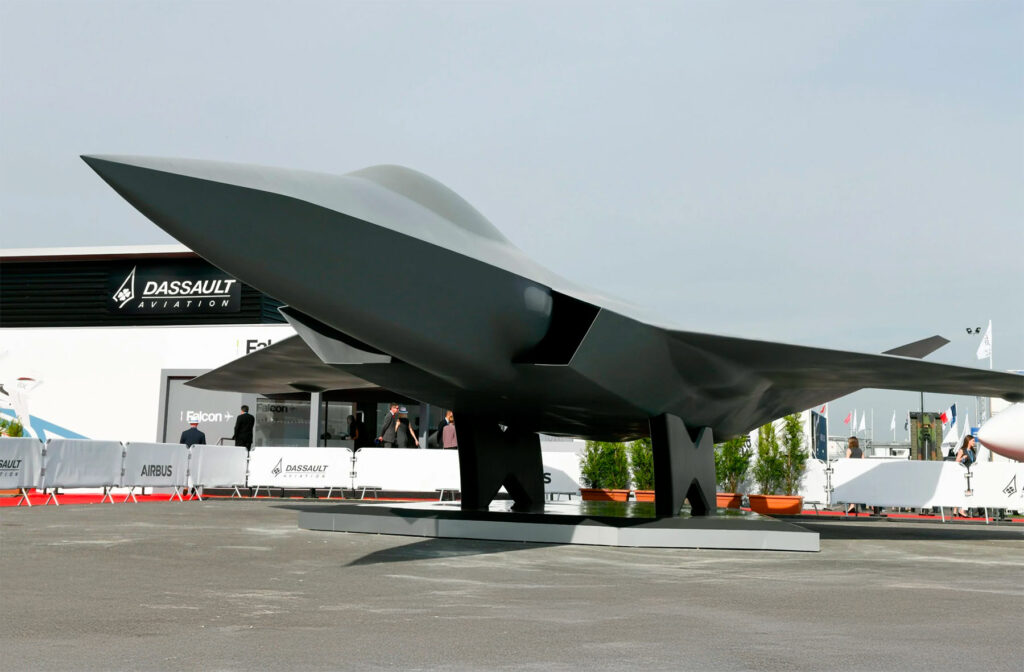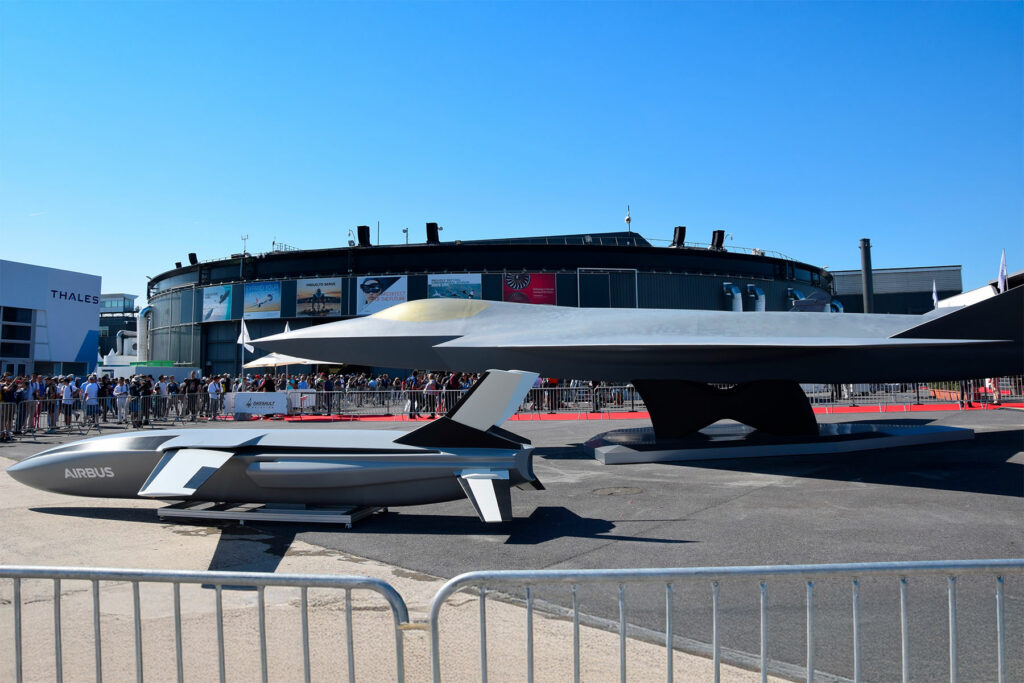
France, Germany and Spain refine the project for the future FCAS fighter aircraft, while delays due to elections and complex negotiations are possible.
The Future Combat Air System (FCAS) project, which brings together France, Germany and Spain to develop a sixth-generation combat aircraft, is progressing towards its demonstration phase, although delays are likely. Political factors, notably the German federal elections in 2025, and complex industrial negotiations between Dassault Aviation and Airbus could affect the original timetable. The FCAS will incorporate advanced technologies, such as the ability to carry nuclear weapons and operate from aircraft carriers, meeting the requirements of French deterrence and export prospects. Funding for phase 2 of the program is included in France’s defense budget for 2025.

The FCAS project: a European response to advanced defense requirements
The Future Combat Air System (FCAS), designed to equip the air forces of France, Germany and Spain, embodies Europe’s ambition to create a sixth-generation air combat system, integrating a fighter aircraft and an ecosystem of UAVs and electronic warfare technologies. This initiative, which mobilizes the resources of Europe’s leading aerospace players, aims to offer a competitive alternative to American and Chinese air combat systems.
The FCAS project is divided into several phases, including phase 1B, marked by laborious negotiations in 2022 due to differences between Dassault Aviation and Airbus, the industrial representatives of France and Germany. Nevertheless, funding for phase 2 is included in France’s 2025 defense budget, underlining the country’s commitment to this ambitious program. The aim of this second phase is to develop a demonstrator by 2026, according to the Direction Générale de l’Armement (DGA), which is monitoring the initiative’s progress.
Nuclear deterrence and FCAS operational requirements
FCAS specifications go far beyond traditional combat capabilities. France’s nuclear deterrence doctrine requires the aircraft to be capable of carrying nuclear weapons, such as the future SNA4G hypersonic missile, currently being developed for the Rafale F5. This requirement adds complexity to the program, particularly in terms of safety and load capacity, requiring the new aircraft to have advanced carrying capabilities.
In addition, the FCAS will have to be compatible with aircraft carriers, enabling France to maintain its force projection capability from maritime platforms. This operational flexibility is essential for defense and deterrence missions. The FCAS’s exportability has also been taken into account in its design, offering prospects for extending its international presence and making the investments of partner states more profitable.
Delays and political stakes for the Main Combat Ground System tank project
Alongside the FCAS, France and Germany are also collaborating on the Main Combat Ground System (MGCS), a new-generation battle tank project designed to replace current equipment. However, this program is also experiencing delays. The creation of the joint entity between the industrial partners – KNDS (France and Germany), Rheinmetall and Thales – has taken longer than expected, resulting in a postponement of the first orders, initially scheduled for early 2025.
These delays, often due to negotiations between partners on intellectual property and skill-sharing issues, could result in additional costs for partner countries. Once launched, the MGCS is designed to integrate automation, advanced detection and enhanced protection technologies, offering modernized combat capabilities to European land forces.
Frigates and aircraft carriers: modernizing the French naval fleet
France is also pursuing an ambitious program to modernize its naval fleet. With the support of the French government, shipbuilder Naval Group is developing defense and intervention frigates, which will be delivered to the French Navy at a rate of two units per year. The first of these frigates, Amiral Ronarc’h, is scheduled for delivery in 2025, with subsequent deliveries extending to 2032. This production rate is designed to ensure continuity of activity at the Lorient shipyards, while reinforcing the ability to export these vessels to foreign customers.
At the same time, France is planning the construction of a new generation aircraft carrier at an estimated cost of around 10 billion euros. This future ship is intended to replace the Charles de Gaulle by 2040, and will be equipped with nuclear propulsion. In preparation for the transition, a complete overhaul of the Charles de Gaulle is scheduled for 2027-2028, including inspection of its nuclear boilers.

Challenges and opportunities for European defense
The FCAS and MGCS projects are evidence of the European effort to maintain strategic autonomy in defense and reduce dependence on foreign technologies. These initiatives strengthen interoperability between European armies and promote the development of advanced military capabilities to meet modern threats.
However, the challenges posed by delays, industrial negotiations and budget constraints could affect the initial timetables and necessitate financial and strategic adjustments. As the driving force behind these projects, France will need to work closely with its partners to ensure that critical deadlines, such as those for phase 2 of the FCAS in 2026, are met. Decisions taken in the coming years will determine Europe’s ability to remain an influential player on the global defense scene.
War Wings Daily is an independant magazine.